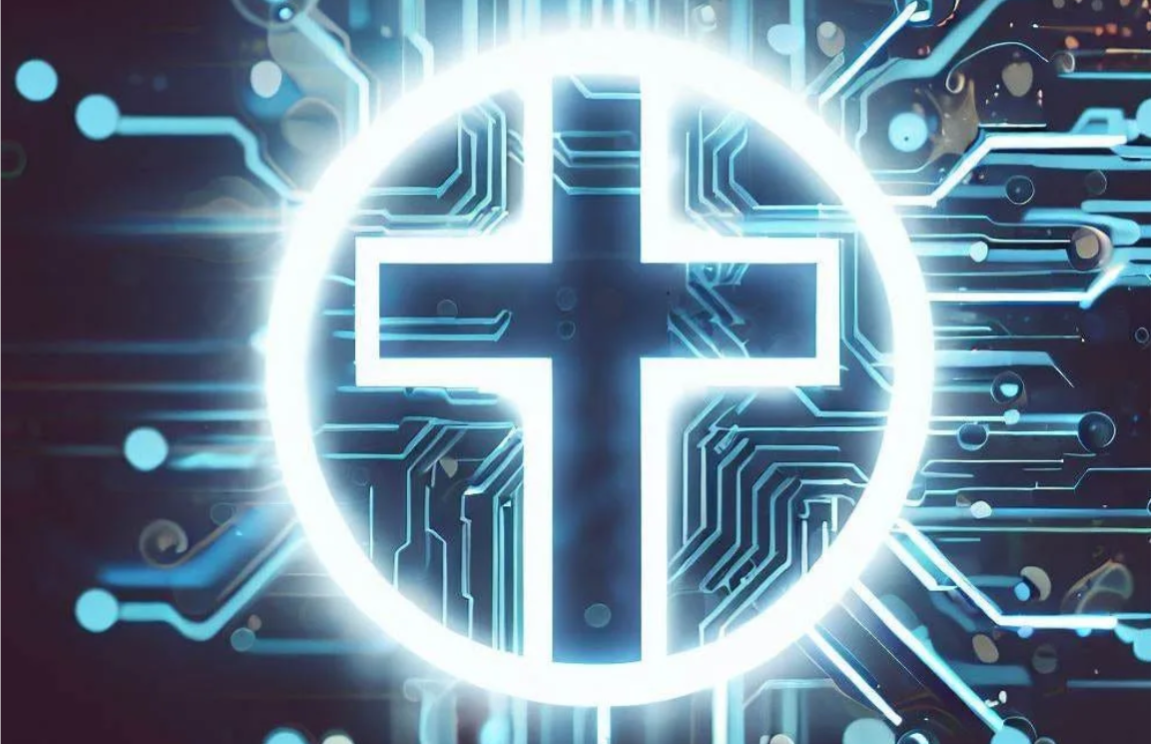(ThyBlackMan.com) From the early days of pen and paper to the robust full-function software suites of today, the help desk has made leaping changes in both form and function. Being almost completely nonexistent in the early days of computing, the need for help desk service quickly became apparent as hardware and software began to proliferate commercially and to consumers. Understanding why this service became essential and how it reached its present state gives us a glimpse into the future of the service desk and the ways it’s already being changed for the better.
Early help desk support tended to be bare bones or wasn’t present at all. This extended to both the commercial and consumer markets, with businesses’ struggling to adopt proper IT departments capable of handling support needs. Likewise, at home, customer support lines for software or hardware were run by a skeleton crew at best, or were nowhere to be found. The need for a functioning help desk quickly became apparent as technology became an increasing necessity both at work and at home.
necessity both at work and at home.
These early attempts to provide help desk support on a corporate level was mostly focused on reactionary fixes and support. Incidents were usually tracked by hand, sometimes even with pen and paper, or on early spreadsheets and databases. The idea of a knowledge base or software updates to fix bugs didn’t really exist. As a result, early help desk and technical customer service was manual, person-to-person troubleshooting. Success varied wildly from company to company, with knowledgeable IT staff being difficult to find on the scale needed for this simplistic approach.
The large-scale adoption of the internet in the late 90’s propelled help desk and support systems forward. The ever increasing use of software, combined with more knowledgeable user bases, and a dramatic rise in the number of reported incidents created the need for a more flexible, efficient, and most importantly, scalable system that was capable of handling the massive influx of users.
This need extended to both commercial and consumer markets, with IT departments on a limited budget scrambling to keep up with the rapid acquisition of technology. Forward-thinking businesses quickly realized that properly funded IT programs were essential to the integration of computers in the workplace. It became clear that this infrastructure would be the foundation that kept computers efficient and effective for their end users.
Early automated software started seeing more frequent use. Ticketing software capable of handling incident reports and streamlining help desk service was essential in large companies with hundreds or even thousands of users at each site. Standardized ITSM practices emerged, creating a solid platform for businesses to operate their technology from. With IT departments having such a huge impact on workplace productivity, they still struggled with funding. Most managers saw technology as an overhead cost, like keeping the lights on, rather than a potential development resource for the future. Technology infrastructure efficiency was largely motivated by a desire for a reduction in cost.
It wouldn’t be much longer before this narrow view on technology was once again forced into another evolution.
Modern day technology management resides on a scale its early adopters could only dream of. An increasingly complex tech ecosystem comprised of massive networks, mobile devices, and cloud solutions necessitates robust software suites and detailed support structures to keep operating. While workplace and consumer technology has become widespread and fully integrated with their environments, so too has technology management grown to encompass all these devices and more.
Support and help desk divisions have detailed guidelines and procedures, with software support that aids them in ticket management and solutions. Standardized ITIL structure helps administrators manage everything from software updates to hardware life-cycles, reducing the number of end-user issues requiring a support ticket. The software governing help-desk assets is designed to intelligently manage hundreds of tickets at a time, cataloging and assigning each ticket independently based on how it should be addressed. This advanced software often handles more than simple ticketing, and in the near future will integrate learning artificial intelligence to further streamline the help-desk process.
The introduction of mobile devices and cloud storage solutions has added new dimensions to technology management. Unique challenges surrounding the use of these devices in the workplace will create flexible departments capable of more efficient use of technology than ever before.
Inter-connectivity among consumers knowledgeable and tech-savvy end-users capable of finding their own solutions through automated databases without the need for direct intervention. Conversely, the proliferation of hardware and software has resulted in a widespread need for always-on tech support.
With a wide range of new technology on the horizon, it remains to be seen how help and service desk support will need to evolve in the near future.
Staff Writer; Charles Moore

















Leave a Reply